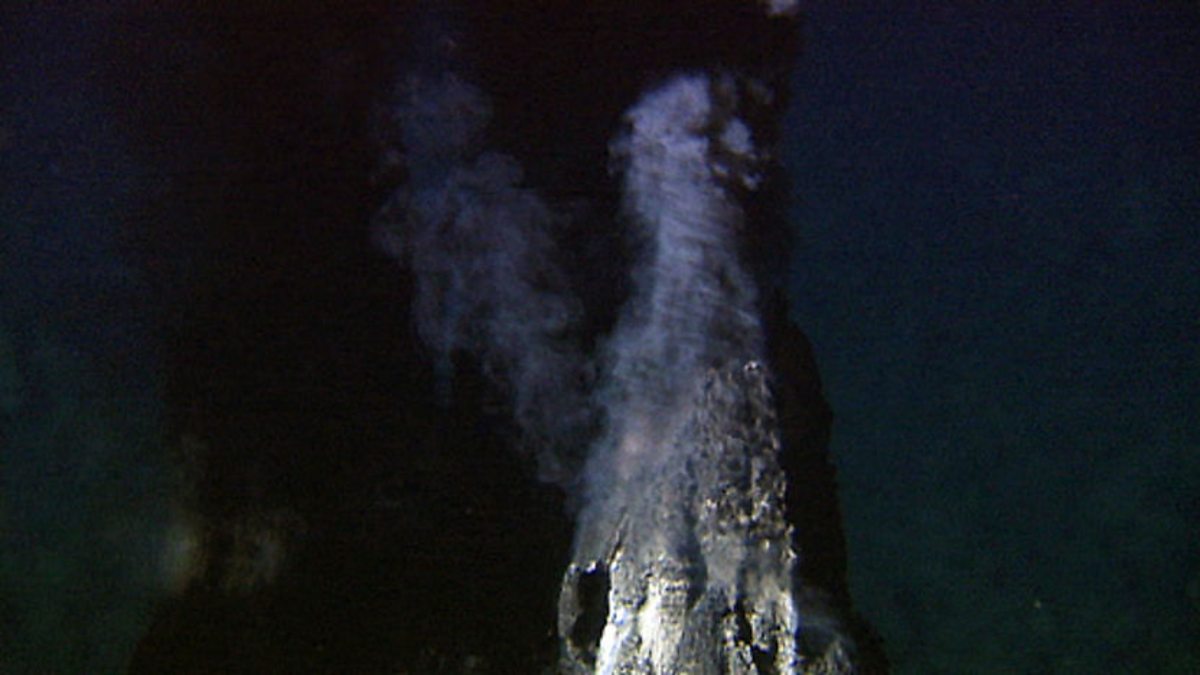
In fish alone, there are about 1,500 known species that luminesce. Widder, ORCA, Bioluminescence is found in many marine organisms: bacteria, algae, jellyfish, worms, crustaceans, sea stars, fish, and sharks to name just a few. At dusk, cells produce the chemicals responsible for its light. Sunset? Time to glow! A biological clock triggers bioluminescence in the dinoflagellate Pyrocystis fusiformis. They can even choose the intensity and color of the lights. Some organisms even bundle the luciferin with oxygen in what is called a “photoprotein”-like a pre-packaged bioluminescence bomb-that is ready to light up the moment a certain ion (typically calcium) becomes present.

Many organisms also produce the catalyst luciferase, which helps to speed up the reaction.Īnimals can closely control when they light up by regulating their chemistry and brain processes depending on their immediate needs, whether a meal or a mate. There are different types of luciferin, which vary depending on the animal hosting the reaction. For a reaction to occur, a species must contain luciferin, a molecule that, when it reacts with oxygen, produces light. Widder, ORCA, Bioluminescence occurs through a chemical reaction that produces light energy within an organism's body. This lanternfish ( Diaphus sp.), found in the Red Sea, has light-producing photophores along its ventral surface (belly), and a nasal light organ that acts like a headlight. In the deep sea, bioluminescence is extremely common, and because the deep sea is so vast, bioluminescence may be the most common form of communication on the planet! Underwater Light How it’s made Humans primarily see bioluminescence triggered by a physical disturbance, such as waves or a moving boat hull, that gets the animal to show their light off, but often animals light up in response to an attack or in order to attract a mate. Bioluminescent organisms live throughout the water column, from the surface to the seafloor, from near the coast to the open ocean. Worms and tiny crustaceans also use bioluminescence to attract mates.

But did you know that seascapes can also glow and glitter thanks to the light producing abilities of many marine organisms? Some fish dangle a lighted lure in front of their mouths to attract prey, while some squid shoot out bioluminescent liquid, instead of ink, to confuse their predators. The fireflies produce light through a chemical reaction in their glowing abdomens, a process known as bioluminescence.

You may have seen the sparkle of fireflies on a summer’s night.


 0 kommentar(er)
0 kommentar(er)
